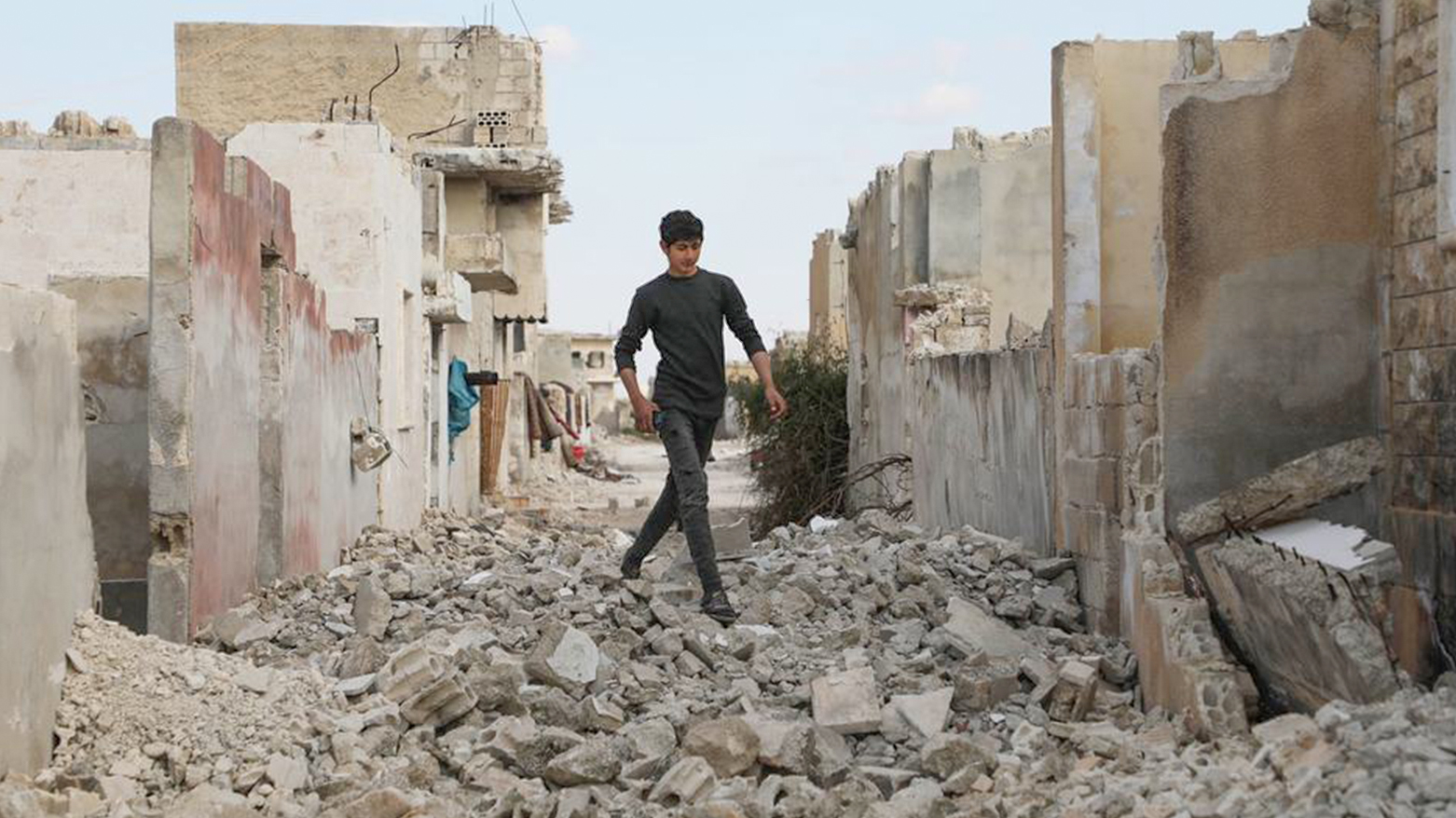UN Sounds Alarm on Syria: 16.5 Million Still Need Lifesaving Aid
Wosornu noted a significant return trend since December, citing UNHCR data that shows over one million IDPs and more than 500,000 refugees have gone back to their areas of origin.

By Ahora Qadi
ERBIL (Kurdistan24) – While a growing number of Syrians are returning to their homes following the end of the Assad regime, United Nations officials have sounded the alarm over “formidable challenges” that continue to face millions across the war-torn country, with humanitarian needs described as “staggering.”
During a briefing from Gaziantep, Türkiye, located near the Syrian border, Edem Wosornu, Director of Operations and Advocacy at the UN Office for the Coordination of Humanitarian Affairs (OCHA), emphasized that despite signs of progress, the situation remains dire for large segments of the population.
“More than 16.5 million Syrians still require urgent humanitarian assistance and protection,” Wosornu stated. “But I could feel the momentum for change.”
Over One Million Return, But Obstacles Persist
Wosornu noted a significant return trend since December, citing UNHCR data that shows over one million internally displaced persons (IDPs) and more than 500,000 refugees have gone back to their areas of origin. However, insecurity, damaged infrastructure, lack of services, and economic stagnation remain major impediments to sustainable returns.
“People say, first and foremost, they want security,” Wosornu underscored, highlighting that while hostilities have declined, local tensions and sporadic violence still pose a threat.
Health Crisis and the Shadow of War
Echoing these concerns, Dr. Altaf Musani, Director of Health Emergencies at the World Health Organization (WHO), revealed that unexploded ordnance continues to kill and maim civilians. Since December 2024, there have been at least 909 casualties, including 400 fatalities, the majority being women and children.
“Children and women going about their daily life—fetching water, seeking food, rebuilding homes—are walking through hazardous terrain where munitions may still lie,” Dr. Musani warned.
In displacement camps, where living conditions are precarious, the spread of cholera and acute watery diarrhoea has compounded the crisis. Over 1,444 suspected cholera cases have been recorded, with fatalities primarily in Latakia and Aleppo.
“When cholera enters a camp, it can spread like wildfire,” Musani cautioned.
Malnutrition and Maternal Health at Breaking Point
The health crisis is further exacerbated by widespread malnutrition. According to WHO, over 416,000 children are at risk of severe malnutrition, and the majority of those under five suffering from acute conditions are not receiving treatment.
The collapse of maternity services has also raised alarm. Since September 2024, half of the maternity hospitals in northwest Syria have suspended operations due to funding shortages.
“Underfunding is severe,” Musani said. “We are witnessing a global contraction in humanitarian funding, and it is hitting Syria hard.”
He added that Syria’s health system—described as the “heartbeat of the nation”—is struggling with a decimated workforce and outdated infrastructure. Between 50 to 70 percent of healthcare professionals have left the country, while sanctions had previously prevented critical upgrades to medical equipment and software.
Sanctions Relief: A Step Toward Recovery
The recent lifting of U.S. and EU sanctions on Syria following Assad’s removal offers a ray of hope. Wosornu expressed optimism that this policy shift will lower operational costs, accelerate humanitarian access, and facilitate economic recovery.
“We hope this will positively impact the delivery of goods and services,” she said. “But it will take time. The people of Syria are hopeful this will change their everyday lives.”
Yet optimism is tempered by the harsh reality of underfunding. Out of the $2 billion needed to reach eight million Syrians from January to June 2025, only 10 percent has been received, according to OCHA’s Ramesh Rajasingham.
The UN has urged the international community to redouble its support for Syria’s humanitarian operation, warning that the fragile progress achieved since Assad’s fall risks being undone without sustained investment.
